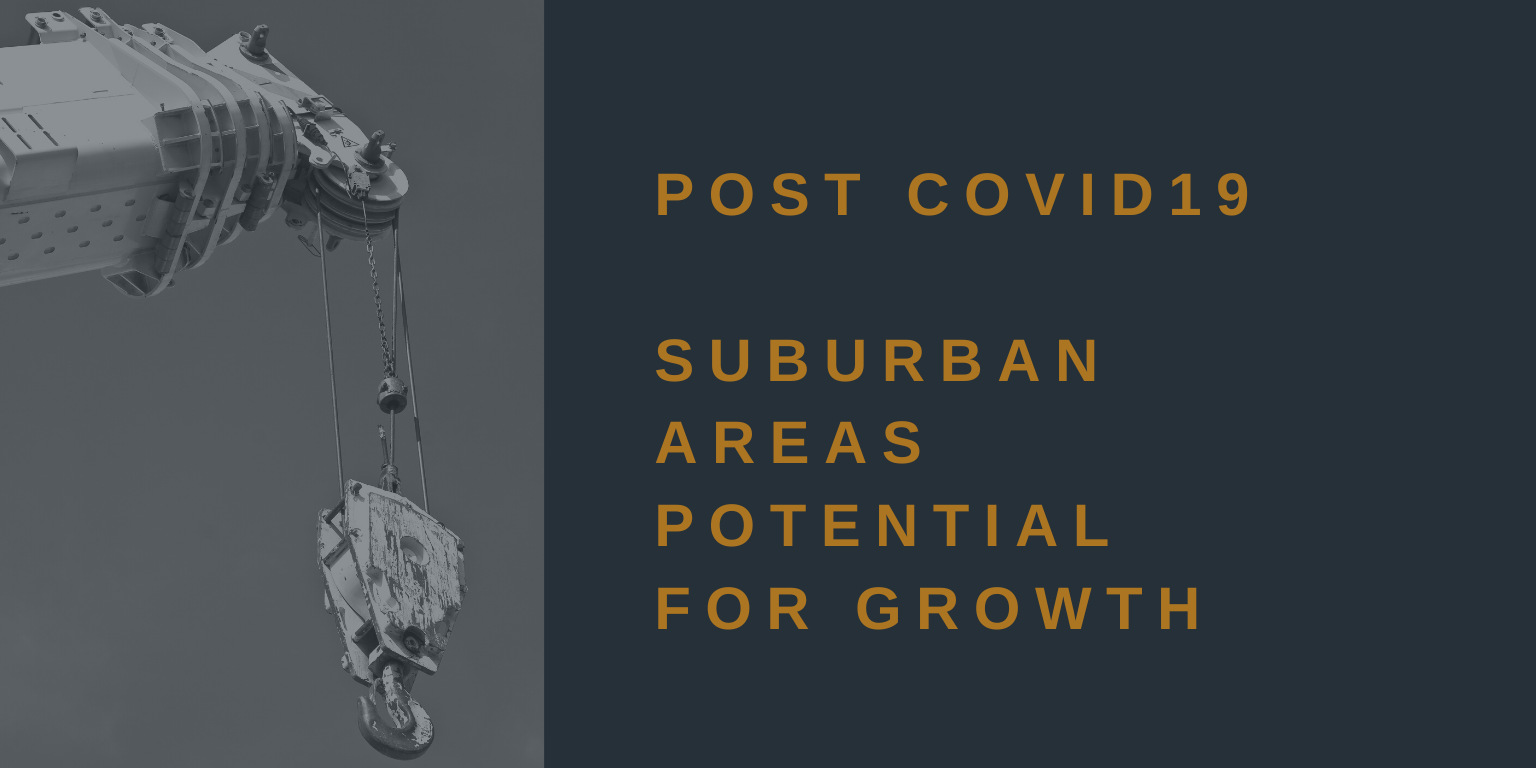Construction Trends – From Office to Home
The Coronavirus pandemic has swept across the US, affecting many businesses. As insurance providers for the construction industry, including crane operators, millwrights, and steel erectors, we have witnessed how it has impacted construction.
Architecture, Engineering, and Construction (ACE) professionals have faced an onslaught of challenges in the last few months, including:
- More than 600,000 layoffs during March alone
- Over 60 percent of companies had to halt at least one construction project
- One-quarter of ACE companies reported encountering shortages of materials
- The majority of commercial real estate construction in dense and hard-hit cities halted
- Real estate activity slowed to a crawl as prospective buyers sheltered at home instead of heading out to real estate viewings
- Significant drops in building permits and housing starts (commercial and both single-family and multi-family)
- Housing starts for single-family units decreased to the lowest since 2015 according to the National Association of Home Builders (NAHB), while condos, apartments and other multi-family units fell by 40%
- Mortgage applications fell
If you’re not back to work yet, there is hope that you’ll be needing that crane operators’ insurance again soon, though. The US government recently released housing data that suggests that many people who live in urban areas are considering moving out to the suburbs (perhaps in part for easier social distancing). As demand increases, there are lower interest rates now to entice buyers. It doesn’t hurt that many states have begun to lift stay-at-home orders and are cautiously reopening various industries. Unsurprisingly, construction activity in some parts of the US is returning to pre-COVID levels, and workers furloughed in March, April or May were being hired back in June.
There is increasing pressure on the federal government to create initiatives to boost long-term economic recovery, helping to offset stalled building projects and supply challenges.
Another promising sign is that while public sector construction has faltered, the AEC sector has seen an increase in federal contracts. A significant portion of the supplemental funding Congress passed as the CARES stimulus bill in March is earmarked for medical facilities. The funding will fuel building projects and create new opportunities within the industry.
Are you looking for crane operators, steel erectors, and millwrights insurance solutions? Contact our construction insurance specialists to go over your coverage with you. We are also now writing auto in conjunction with General Liability Line.
For more information, contact:
Megan Rose 215-809-2161
Megan.Rose@newheightsinsurance.com
Kimberly Johnston at 908-790-6746
Kimberly.Johnston@newheightsinsurance.com

